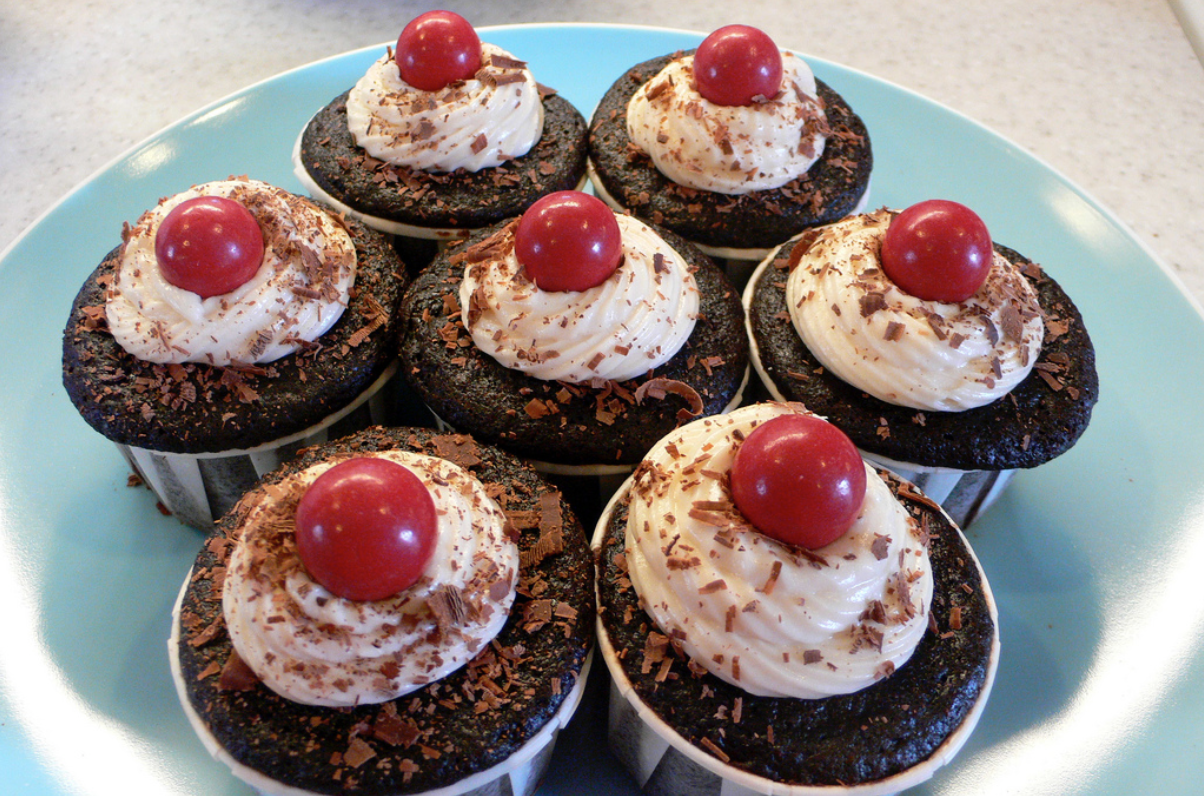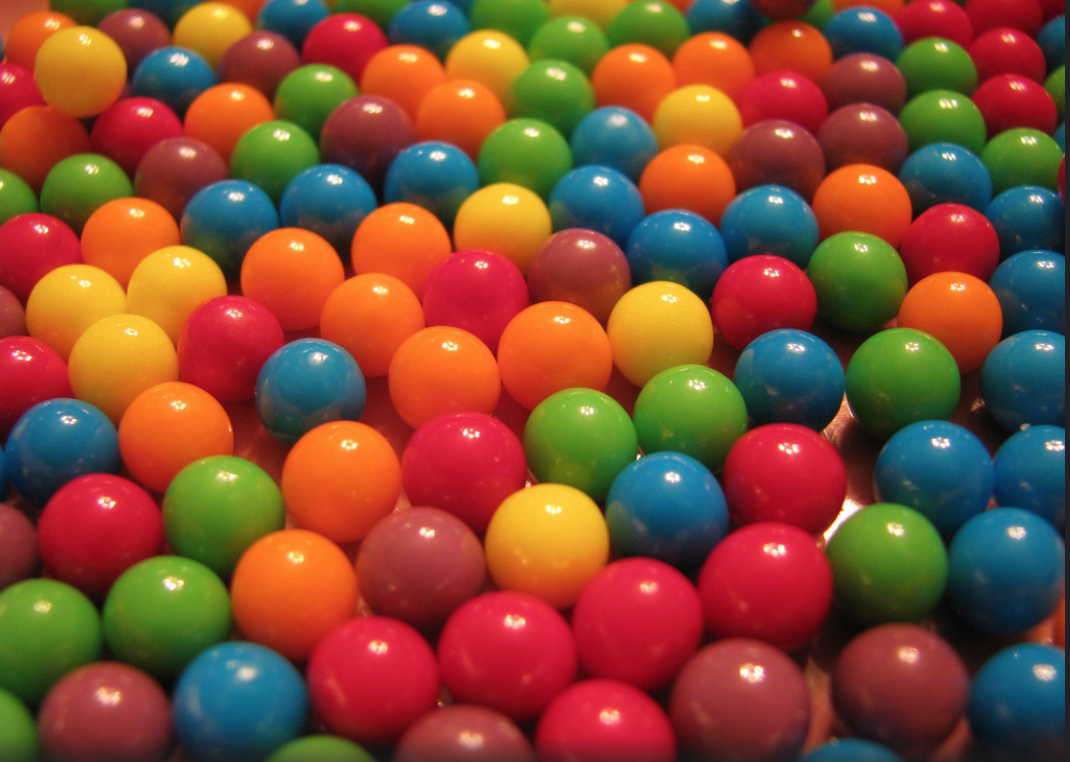
For years people blame their sugar cravings and gravitation towards sweet foods based on their “sweet tooth”. This metaphorical tooth has been the excuse for people to have an extra slice of cake or pie since the Middle Ages, but it can’t be used any longer.
Scientifically, there is no such thing as a sweet tooth (go figure). This craving is based on a person’s brain, not their wants or craving.
“I’ve definitely heard people claim they had a sweet tooth,” Megan McLoughlin, member of Cabrini women’s lacrosse team, said. “I never really understood what they meant, I just always assumed they just craved sweet foods more than other people.”
There are many reasons why the sweet tooth excuse developed into a reasoning for people to explain–or expand–their eating habits, but the answer is not that simple. The solution is a scientific one that is not so easily explained.
One study showed that an overconsumption of sugar can be related to the body’s energy. The brain cannot differentiate tastes, so it only craves what can give it the most energy in the shortest amount of time. Sugar is to the go-to for that need. Claiming you have a sweet tooth can be considered a type of coping mechanism to unconsciously explain why you want to eat more sugary foods.
“I have the biggest sweet tooth,” Alex Petrongolo, a Cabrini women’s soccer member, said. “There are sometimes when I feel like I just need something sweet after a meal, like even the littlest piece of chocolate or something can make me feel happy.”
Over the course of 40 years, the American diet has changed to consuming more sugars or sweeteners daily than the average diet was in 1970. Today’s diet also favors grains and fatty foods (meaning creamers, butter, or other dairy fats).
Cravings for sugar is natural, but blaming it on your “sweet tooth” can no longer be accepted. To try to curb the urge to binge on pixie-sticks or chocolate pudding. Taste buds can change if they are trained to do so. Try drinking more water and avoiding processed foods to stay on top of your cravings.



